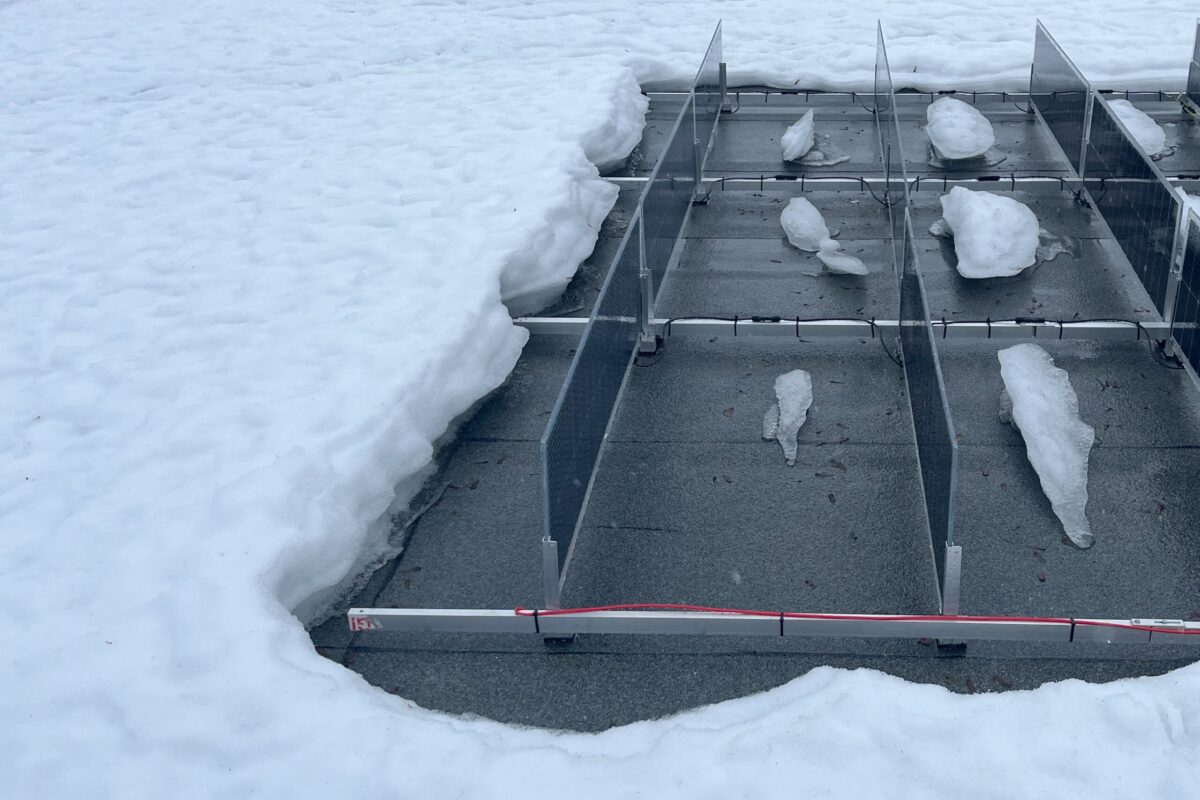A research project led by the Fraunhofer Institute for Industrial Mathematics (Fraunhofer ITWM) has developed a simulation software tool for visualizing heat flows in district heating networks.
The AD Net Heat project combines information on the lengths and cross-sections of pipes and the number and position of feed-in and consumption points of district heating networks with weather data, sunlight exposure and typical consumption profiles at certain times, alongside flow temperature and feed-in power.
The researchers say the tool can simulate the dynamics of a network as a whole, make predictions on heat flows and demand at consumption points during operation, supply key indicators relating to points on the outskirts of the network such as problem sites, and provide warnings of critical operating states. It is also possible to optimize grid control and send the information back to the control center.
“Municipal utility companies and energy suppliers can use this data to observe and manage the network, with all its various dynamics, in real time,” said Fraunhofer ITWM researcher Matthias Eimer. “Peak loads at different times of day are also detected and balanced out early on.”
The tool can also account for large events taking place in the community that require heating, such as a concert or trade show, in its operational planning. After the event’s location and estimated demand for heat is entered into the software, AD Net Heat will simulate the transportation of heat and output its consumption forecasts.
Fraunhofer says the tool can also help with the planning and commissioning of new grids. The software is capable of calculating the distribution of heat flows and the expected consumption of a new grid if the topology of a grid is defined, including the feed-in points for fluctuating energy sources such as solar heat and industrial waste heat.
It is also capable of running through different scenarios for the new grid, such as consumption at different times of the day or year, differences in the placement of generators and structural changes such as new transportation lines.
Eimer says this can help municipal utility companies and district heat suppliers take steps towards climate-neutral heat supply that conserves resources and lowers costs. “First, simulation in the digital twin allows for maximum use of renewable energy sources at the times when they are available. And second, the heat demand forecasts are very accurate and reliable,” Eimer explained. “This makes it possible to design the pipe cross-sections to be a bit smaller, which saves materials.”
The researchers say they are now working on making the user interface simpler and clearer for users at heat suppliers and planning firms.
This content is protected by copyright and may not be reused. If you want to cooperate with us and would like to reuse some of our content, please contact: editors@pv-magazine.com.




By submitting this form you agree to pv magazine using your data for the purposes of publishing your comment.
Your personal data will only be disclosed or otherwise transmitted to third parties for the purposes of spam filtering or if this is necessary for technical maintenance of the website. Any other transfer to third parties will not take place unless this is justified on the basis of applicable data protection regulations or if pv magazine is legally obliged to do so.
You may revoke this consent at any time with effect for the future, in which case your personal data will be deleted immediately. Otherwise, your data will be deleted if pv magazine has processed your request or the purpose of data storage is fulfilled.
Further information on data privacy can be found in our Data Protection Policy.